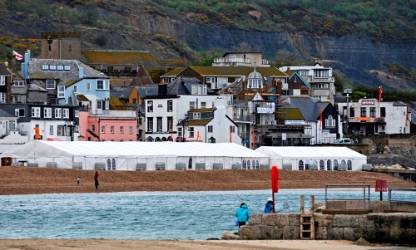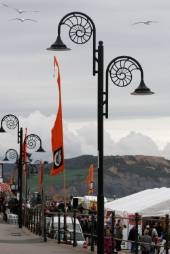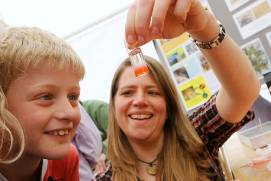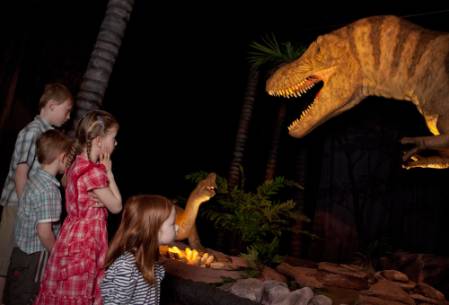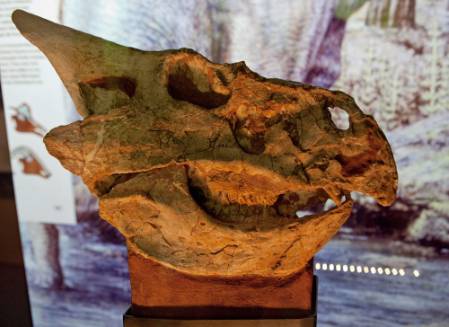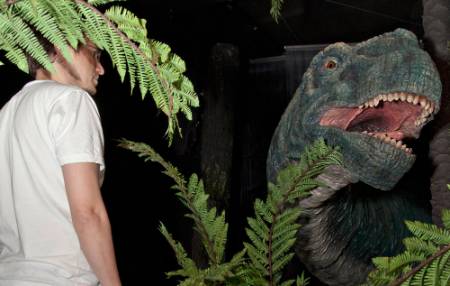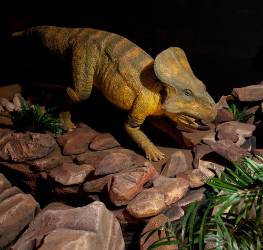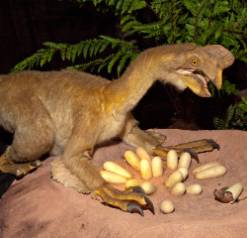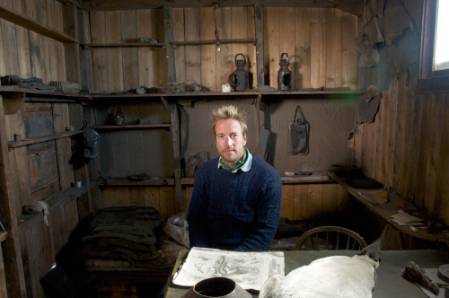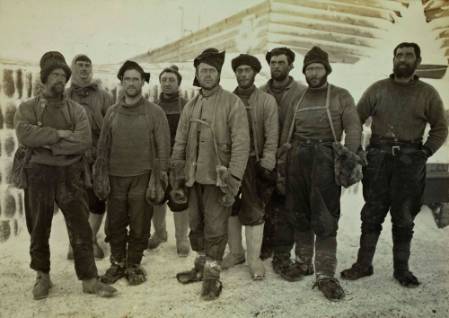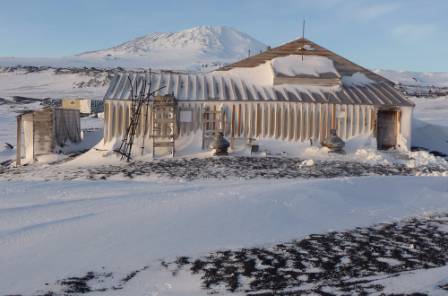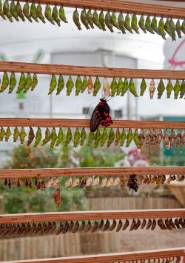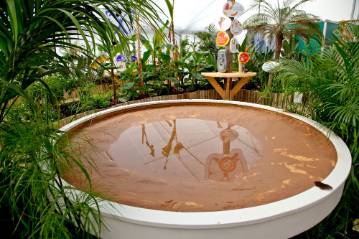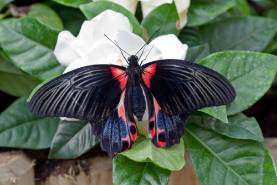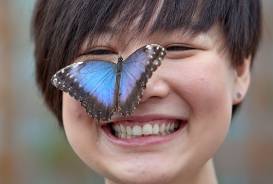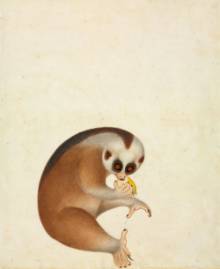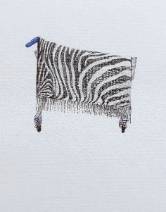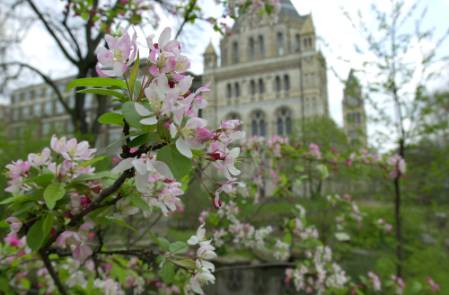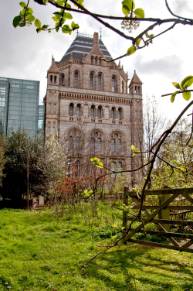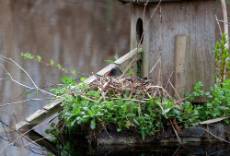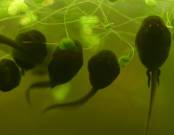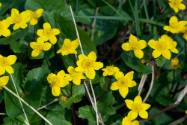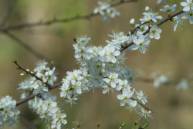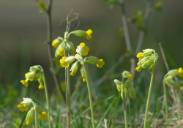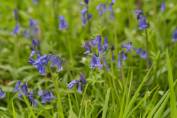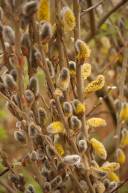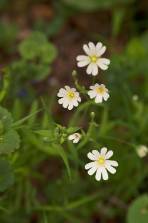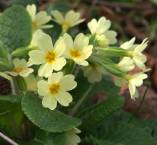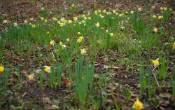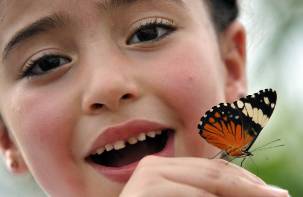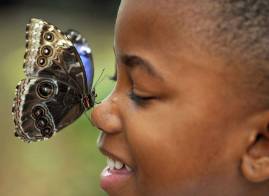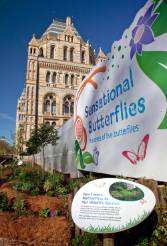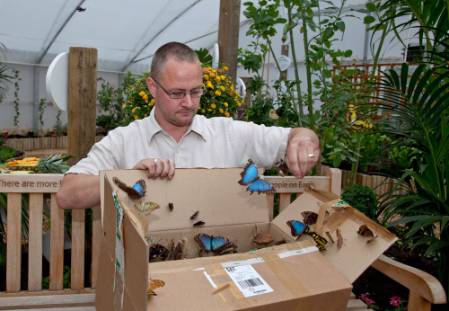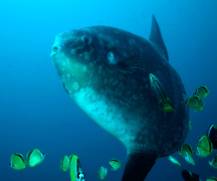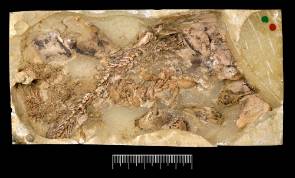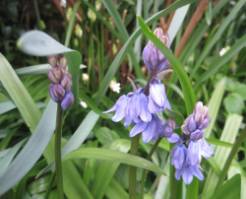At the heart of the Jurassic Coast World Heritage Site is Dorset's Lyme Regis. One of the most famous fossil collecting sites in the world and the home to the famous fossil hunter, Mary Anning. And this bank holiday weekend, it hosts the popular annual Fossil Festival.
Lyme Regis Fossil Festival, 29 April to 1 May, on the seaside town's celebrated Jurassic Coast hosts another colourful festival parade, right, like past years.
This year's 3-day bank holiday festival is themed Marine Parade and focuses on the undersea world on our doorsteps.
Our Museum experts will be there in force setting up in the free Grand Marquee, with displays of fossils and other natural history exhibits (pictured right). Among their offerings willl be the chance to sieve for shark's teeth, pan for gold, and have a go extracting some DNA from fruit. (DNA extraction at last year's event, pictured left)
I managed to catch Martin Munt, one of palaeontologists attending, just as he was just arriving yesterday. He told me: 'We've just arrived in a sunny and welcoming Lyme Regis, the marquees are up and I'm looking forward to another fine year at the fossil festival. Colleagues from across the Museum should start arriving tomorrow. I plan to visit Monomouth Beach at dawn, to look for some fresh finds for our table of fossils.'
Martin adds: 'We're very pleased to be showing our new model of the dinosaur Baryonyx for the first time. And visitors can also discover sea life collected from the shores this morning.and learn all about earthworms.'
Martin joins other eminent Museum scientists including Professor Chris Stringer on Saturday, 30 April, for additional talks.
The free fossil festival offers plenty of fossil walks, rock pooling, and nature walks that get you out onto Lyme's famous beaches, and the Fossil Fair, as well as a programme of talks and performances in the Marine Theatre. It's a great family event for all ages and especially for fossil fans.
Looking at bugs with Alessandro Giusti, Museum entomologist, at last year's festival
Have a look at the Museum's fossil festival event page.
Read our latest news story about the Lyme Regis Fossil Festival over May bank holiday weekend
Find out the full programme of what's going on over the weekend at the main Fossil Festival website
Fossil wonders at the Museum and online
If you're in London, visiting the Museum, you can join in our Family Earth Lab morning sessions for hands-on fossil action. Or visit the just-opened Age of the Dinosaur exhibition for some of the biggest fossils around.
Find out more about fossils online on our website and enjoy the new pages: the Fossil hunting guide, Fantastic fossils, How to be a Palaeontologist. And examine the extinct Coelophysis in augmented reality
There's also a great article by Martin Munt on the Jurassic Coast and the festival in our latest copy of Evolve magazine which you can buy in the Museum or online.



